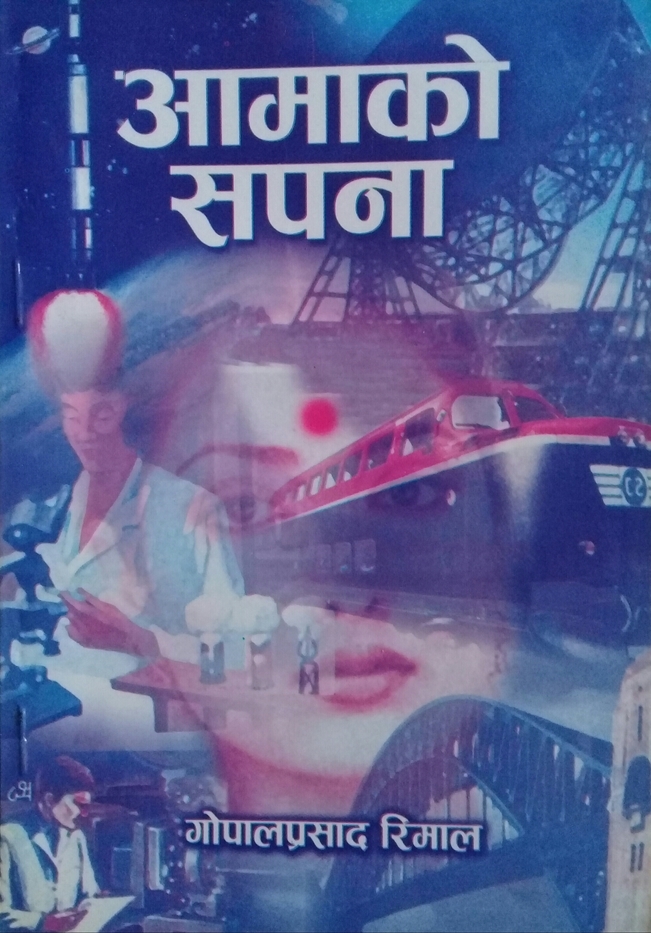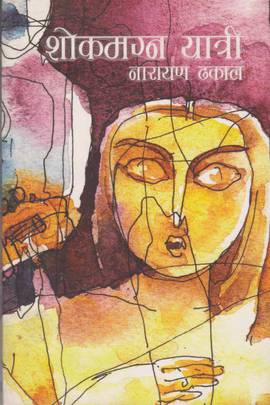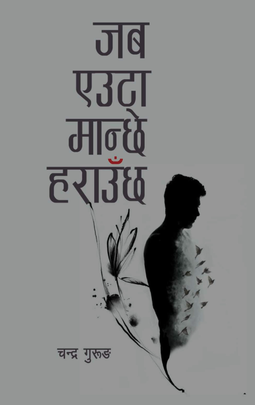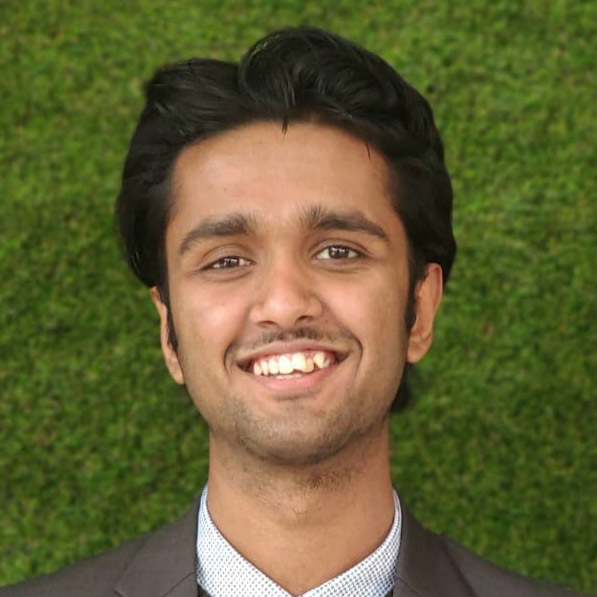Books
The more you read, the more you realise how much you don’t know
Poet Avaya Shrestha talks about his reading life, literary influences and his recently published poetry collection.
Anish Ghimire
Avaya Shrestha, writer of ‘Phul Binako Sakha’ (2003), ‘Kayakalpa’ (2005) (both anthologies) and ‘Tesro Kinara’(2011) (a collection of short stories), recently published another anthology titled ‘Lahana Ra Teer’. Divided into four parts, the book has 49 poems.
Though he specialises in Nepali literature, he is also an avid reader and writer of works in English and Nepal Bhasa. Shrestha received the ‘Balkumari Risal Memorial Journalism Award’ in 2018.
In this conversation with the Post’s Anish Ghimire, Shrestha discusses how he began reading, his literary influences and his recently published poetry collection.
Describe to me your first read.
In my school days, I mostly read novels in Nepali and Hindi. I loved novels by Gulshan Nanda, Ved Prakash, Yudhir Thapa and more. Throughout my teenage years, books were my steadfast companions, nurturing within me an insatiable appetite for new reads.
When I read Maxim Gorky’s autobiographical novel ‘My Childhood’, and found it so impactful that I immediately searched for the remaining two autobiographies by Gorky. These biographies are what got me into reading.
Who are your literary influences?
I love the works of Gopal Prasad Rimal, Bhupi Sherchan and Laxmi Prasad Devkota. Although their poems were written over 60 years ago, they still resonate today. Similarly, the works of Walt Whitman, Nazim Hikmet and Allen Ginsberg have had a significant impact on me. But Guy de Maupassant, Anton Chekhov and O Henry are my favourite storytellers.
I admire the language, style, and expressiveness of Dhruba Chandra Gautam, Khagendra Sangraula, Narayan Dhakal, Parijat and Shankar Lamichhane.
You recently published a poetry book. What inspired you to write it?
Yes, I recently released a poetry collection titled ‘Lahana Ra Teer’. Divided into four parts, the book consists of 49 poems, they were written in the span of 20 years.
My motivation comes from human struggles—people’s unwavering will to survive, and their pursuit of justice, love and the truth. I compose poetry as a means of provoking conversations with others on these subjects. The themes of my poetry include self-awakening, revelation and confessional feelings. They give me the motivation to write.
Are there any particular themes or subjects you explore in your writing that are unique?
Yes, there are several themes and subjects in my writing that might seem new to readers. Firstly, my poems often draw imagery from the Newa civilisation, offering readers a unique perspective rooted in local culture and history. Secondly, my poems embody ideologies and a sense of time consciousness.
Moreover, I do not cater solely to popular sentiment in my writing. Rather, I express what I believe to be right, even if it challenges conventional thinking. Lastly, I place equal emphasis on ideology and aesthetics in my writing process, recognising the importance of both elements in creating impactful literature.
What role do you think reading plays in understanding oneself?
Reading is really important in a civilised society. It helps you become more kind, understanding, caring and forward-thinking. The more one reads, the more they realise how much they don’t know. It also helps you understand yourself better and helps others understand themselves too.
It’s like discovering things about yourself. When you understand yourself, you start becoming a better person. Then you start to understand society and the world around you little by little. Even if you’re just reading a book, it can make you feel like you’re experiencing a part of the world you’ve never been to before—more vividly than watching a documentary or a movie.
How do you envision the future of Nepali literature?
I see the future of Nepali literature shining bright, especially in poetry. I believe poetry reflects the psychology, trends, social issues and diversity of Nepal. Poets like Gopal Prasad Rimal, Bhupi Sherchan, Bairagi Kainla and Shyamal have laid a strong foundation in the past. The younger generation is also making remarkable contributions with their wonderful writing, focusing on identity issues and using rich images and symbols from Nepali civilisation. Short stories are promising and novels are also finding their unique identity while being widely sold. Overall, Nepali literature is evolving with a promising future ahead.
Avaya Shrestha’s book recommendations
Aamako Sapana

Author: Gopal Prasad Rimal
Year: 1962
Publisher: Sajha Prakashan
This collection of 28 short poems won Madan Puraskar in 1963. Though the book is thin, the themes explored in the poems are heavy. It is believed that some poems by Rimal, such as ‘Aamako Sapana’ and ‘Hos’, inspired political parties and leaders to fight against the autocratic Rana regime in the early 1950s.
Kattel Sirko Chotpatak

Author: Dhruba Chandra Gautam
Year: 1980
Publisher: Sajha Prakashan
The tragic story of a professor, Basudev Kattel, during Panchayat period is heartbreaking. It shows how even an honest man suffers tragedy and can be a victim of an ineffective system. Among Gautam’s works, this book moves me the most. This novel is a must-read in Nepali literature.
Shokmagna Yatri

Author: Narayan Dhakal
Year: 2012
Publisher: Fine Print
This is a collection of essays and articles by Dhakal, published in various newspapers and magazines. The beautiful language and soulful narration provide a fresh taste. The things he covers here are still relevant today. Dhakal is good at expressing the essence of the books he reads and connecting them to the present.
Sanaiya

Author: Hom Karki
Year: 2021
Publisher: Kitab Publisher
To understand Nepali society thoroughly, one must read this non-fiction work. It has heartbreaking stories of Nepalis in Gulf countries, who have shed a lot of sweat and tear to earn their livelihood. These individuals, crucial to Nepal's economy, face humiliation abroad and at home. The book has a good blend of fictional scenarios and factual accounts.
Jaba Euta Manchhe Harauchha

Author: Chandra Gurung
Year: 2022
Publisher: Indigo Ink
‘Jaba Euta Manchhe Harauchha’ is another beautiful collection of soulful poetry. Comprising 50 concise and powerful poems, it gives voice to the marginalised. The poems in it are both impactful and artistically vibrant. This is another essential read for anyone interested in Nepali poetry.




 13.12°C Kathmandu
13.12°C Kathmandu















